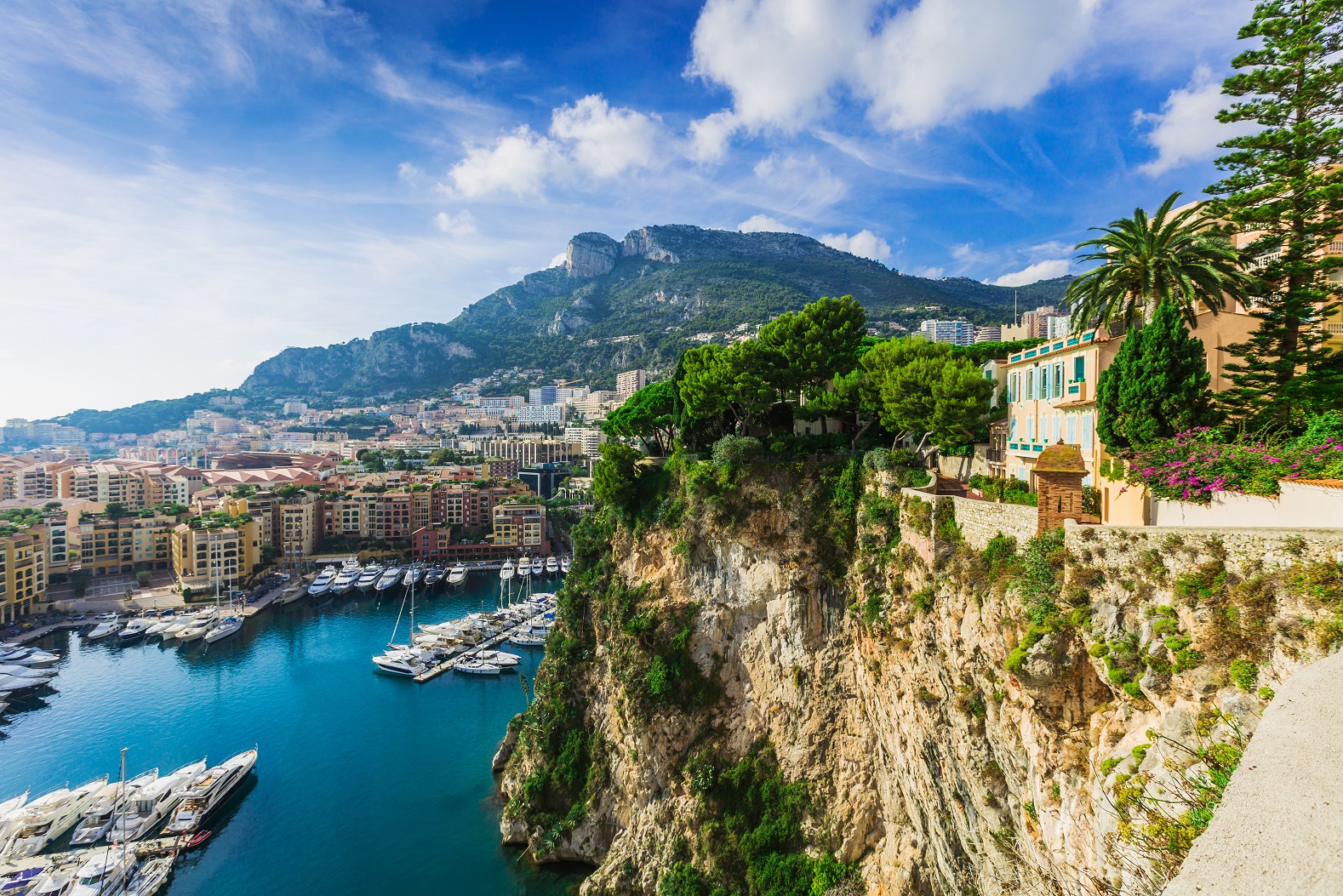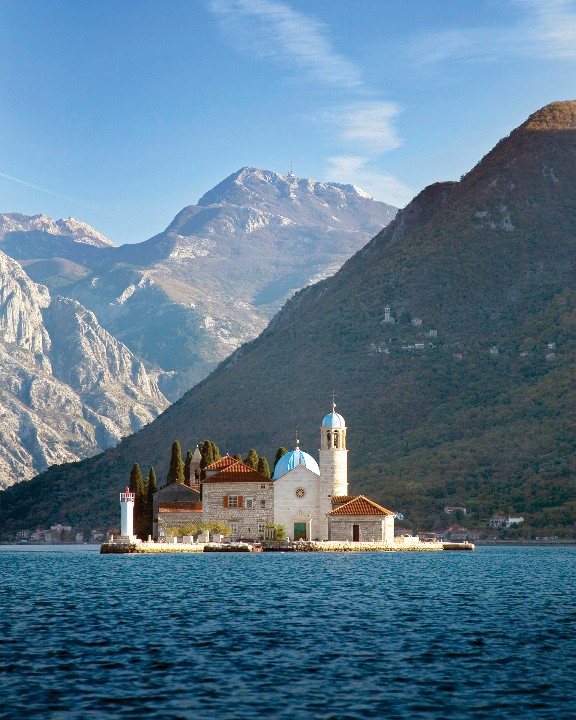 All Articles
Agenda
Art
As seen by...
Cars
Destination
Discovery
Environment
Escape
Event
Fashion & Beauty
Gastronomy
Getaway
Interview
Leisure
Maya Collection
Real Estate
Urbanism
Watch & Jewellery store
Watchmaking
Watchmaking & Jewellery
Well-being
Yachting
All Articles
Agenda
Art
As seen by...
Cars
Destination
Discovery
Environment
Escape
Event
Fashion & Beauty
Gastronomy
Getaway
Interview
Leisure
Maya Collection
Real Estate
Urbanism
Watch & Jewellery store
Watchmaking
Watchmaking & Jewellery
Well-being
Yachting
 Architecture
Art
Design
Gastronomy
High-tech
Interior design
Jewellery
Services
Sport
Tourism
Yachting
Architecture
Art
Design
Gastronomy
High-tech
Interior design
Jewellery
Services
Sport
Tourism
Yachting

Several factors explain this evolution. The appearance of new fortunes in the hands of the younger generation has led architects and designers to propose yachts likely to meet the requirements of these new yacht-owners. Deeper awareness of shrinking resources in fossil energy and the impact on the environment has led all the industry's players to search for long-term solutions to adapt to this new situation. Particularly high energy intensive Superyachts have now adopted hybrid mode, ie. generators supplying energy to run electric motors. Naval architects and hydrodynamists have swapped tanks in the hull for computers and 3D to design vital structures, in other words, the submerged part of the hull, offering less resistance thanks to an improved flow of water. Propulsion via Ipod is increasingly common, though some constructors remain loyal to the traditional propeller. The design studio of the Dutch Omega Group is a cutting-edge exmple, as proven by hulls designed for ship-builder Heesen.
Another evolution in trends, top speed is not an obsession for Superyachts intended to sail for long periods at cruising speed, ie. 15 to 17 knots on average. The weight/power ratio and consumption, and thus range, are values conducive to profitability on use, especially for yachts intended for charter.
Three major trends have appeared over the past few years. The Classic yacht, known for its design usually presenting four decks and a sleek bow, the Modern yacht recognizable for its more streamlined superstructures, its narrower width compared to previous models, and its vertical or inverted bow on the most recent examples. Yachts of the Explorer kind stand out from previous ones by a bow of more imposing height and superstructures concentrated in the centre of the yacht. In this category, the most extreme examples are SupportYachts, which ship-builder Damen has made its speciality. Construction of the largest yachts, of over 120 m, is mainly handled by German ship-builders Lürssen and Nobiskrug, followed by Amels, Oceanco and Feadship of the Netherlands, then the Italians Fincantieri, Benetti, CRN and Tankoa, trailed by a few Turkish ship-builders.
A dozen renowned architects are regularly called upon by future yacht-owners. The most prolific and most eclectic is undoubtedly Espen Oeino, the most "Monégasque" of Norwegians, a specialist in Superyachts of all kinds, from "Grand Bleu" to "Skat", to mention just two, or designing innovative lines for SilverYachts. Philippe Briand is also acclaimed for his design of Vitrivius yachts, assertively meeting today's tastes.
Founded in 2004 by Jean-Victor Pastor, the ONLYYACHT brokerage firm offers the best yacht insurance coverage, assuming total responsibility for your yacht and its crew to guarantee unequalled peace of mind. A subsidiary of Suisscourtage Assurances which belongs to the Groupe Pastor, ONLYYACHT now insures over 370 yachts around the world, and has offices in Monaco's Yacht Club, in Antibes, London and Rotterdam.
To reach the reception, ask the concierge or make a reservation click on the bell!








